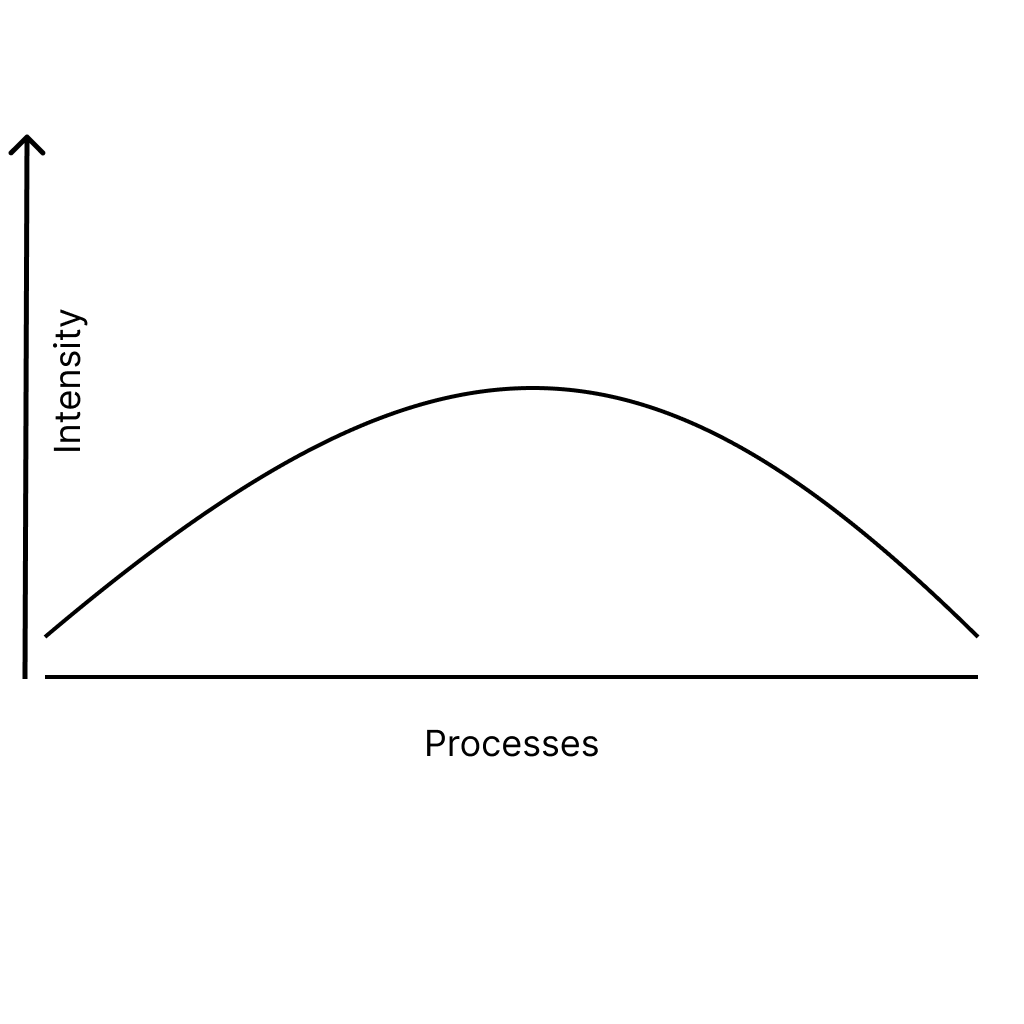Imagine you are enjoying the sunset after hiking in the mountains. You have a 360-degree view of the world around you. At any point in time, you may be looking at certain aspects of this scenery. You choose to look to the west and watch the sun set. During this time, the sun might be at the center of your viewpoint. You perceive the mountains, trees, lakes, and the sounds of birds and animals around you, but not as intensely as you perceive the sun and the orange color of the sky. This scene reflects how thoughts are going on in our minds. Pay attention to the wording: thoughts are going on. Thoughts are not stationary; they are fluid. They are in constant movement and never truly end. They are unlike a sentence that ends when it is complete. If thoughts were reflected in our sentences, then all sentences would end with “et cetera.”
William James, a philosopher and psychologist in the late 1800s, describes five characteristics of thoughts:
- Every thought tends to be part of a personal consciousness.
- Within each personal consciousness, thought is always changing.
- Within each personal consciousness, thought is sensibly continuous.
- It always appears to deal with objects independent of itself.
- It is interested in some parts of these objects to the exclusion of others, choosing among them all the while.
This figure describes our thoughts during any period of time. The horizontal line represents processes, and the vertical line represents intensity. During any period of time, there is a curve. The apex of the curve represents the thoughts that are most intense at this present moment. Dots before and after the curve are other thoughts (or processes) that are less intense at the present moment. At any given point in time, the curve changes, leaving the most intense point in the near or distant past.
